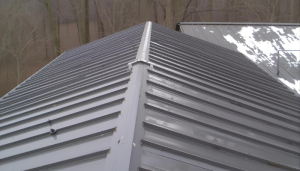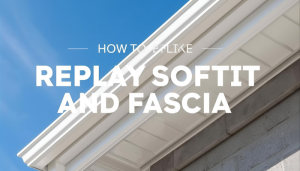What is a roof boot? A roof boot, also known as a pipe boot or roof flashing boot, is an element that closes in the area where pipelines, vents, or cables enter the roof surface. It is responsible for ensuring that water remains out and that required plumbing or venting is safely passed through the roof.
Why Roof Boots Matter
One of the key sources of leakage is the roof penetrations. Even a very tiny hole around a vent pipe may allow water into the attic, rot framing, and may result in mold or damage to insulation. This can be prevented by having a properly installed roof boot, which achieves a flexible, water-tight shield between the roof material and the pipe.
Let our professional and dedicated roofers fix your Commercial Roofing issues!
Common Roof Boot Materials and Types
| Type | Best for | Notes |
| Rubber / EPDM boot | Most plumbing vents on shingle roofs | Flexible, affordable, easy to install |
| Silicone boot | Harsh climates / UV exposure | More durable than rubber, it stays flexible |
| Metal flashing (lead/copper) | Metal roofs, high-end installs | Long-lasting, more expensive, requires skill |
| PVC/ABS boot | Plastic vent pipes | Often pre-molded to pipe size |
| Clamp-on seam boots | Standing seam metal roofs | Non-penetrating, clamps to seam |
How a Roof Boot is Installed
1. Measure and Choose the Right Size
Roof boots are sized for pipe diameter. Pick one that fits snugly; too large and it won’t seal; too tight and it can tear.
2. Seat it correctly on the roof
On shingle roofs, the boot’s flashing slides under upper shingles and sits over lower shingles so water sheds correctly. On metal roofs, some systems clamp to the seam instead of screwing through the panel.
3. Seal and fasten per manufacturer’s instructions
A competent installer will fit the right fasteners and sealant in the suggested areas. One of the frequent reasons for early failure is over- or under-sealing.
Learn How To Fix Roof Flashing here!
Quick Inspection Tips You Can Do Yourself
- Check the rubber cone for cracks, splits, or dry rot.
- Inspect elevated or lost fasteners and flashing.
- Check boots after severe wind or hail.
- When you find water staining within the attic beneath a penetration, you have to assume the boot that is right near.
Homeowners can make informed decisions by choosing a suitable roofing type. Learn What Is A Hip Roof!
The Bottom Line
Understanding what is a roof boot can help you identify potential risks early to save your roof investment. These are small details that have a large task to perform; to keep your roof dry where the pipes and vents penetrate. In case you are not sure about the state of a boot or height working, it is better to ask a specialist at RoofFixer!




